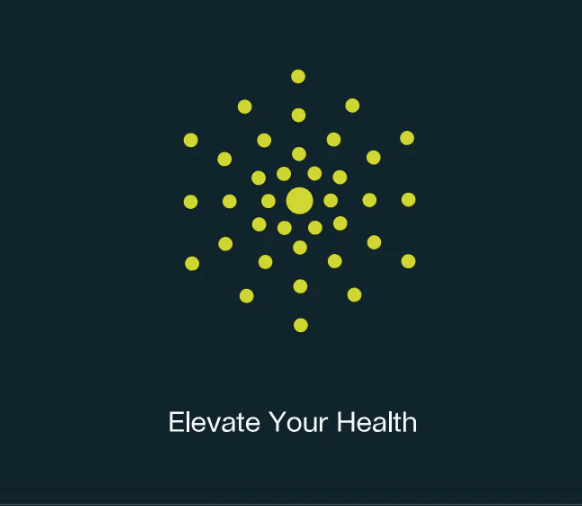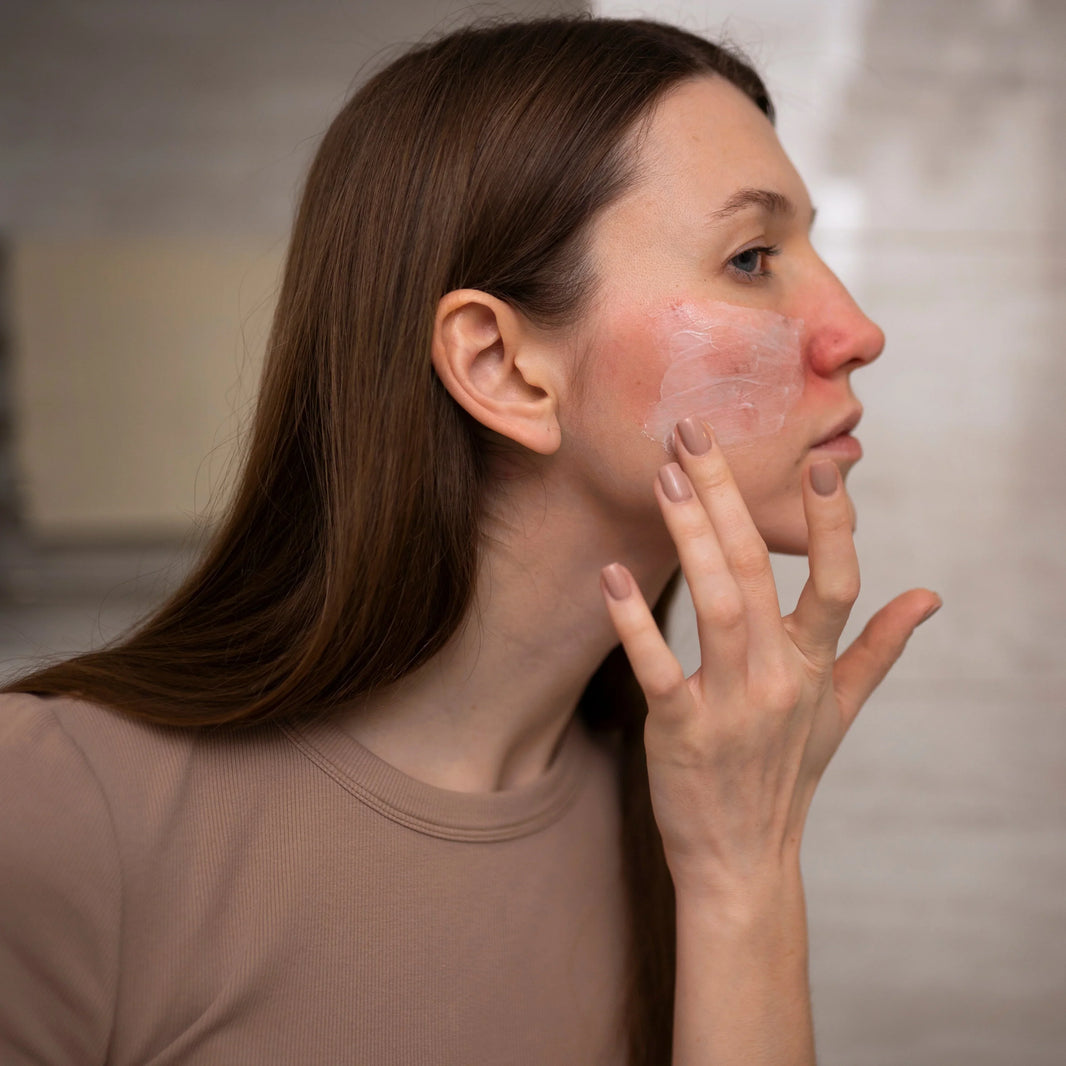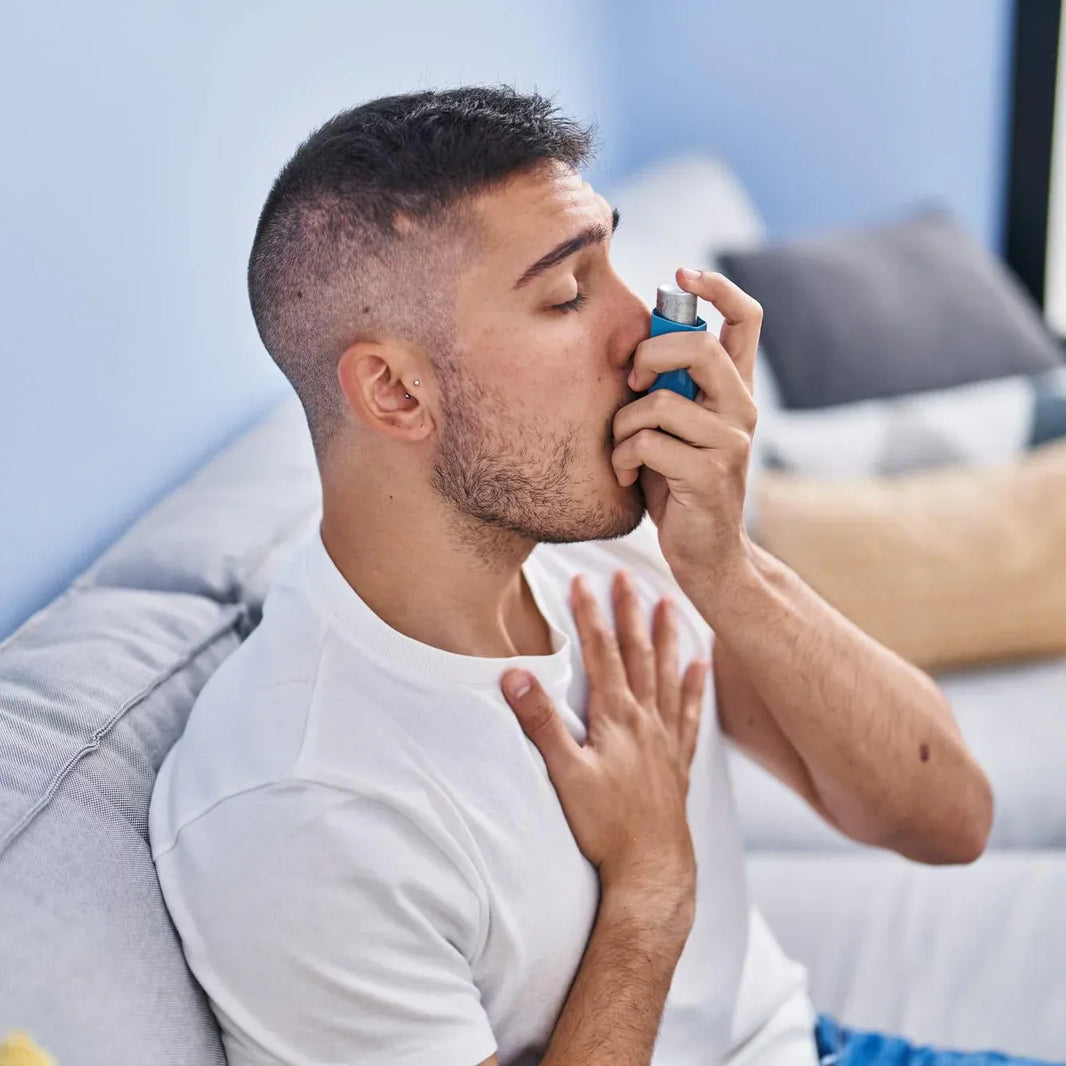Essential detox support refers to physiological processes and supplementary interventions aimed at enhancing the body's natural toxin elimination functions, primarily centered around liver metabolism and detoxification pathways. Our bodies constantly encounter environmental toxins, metabolic byproducts, and potentially harmful compounds that require efficient processing and elimination. While "detox" has become a popular health concept, the scientific understanding focuses on specific biochemical pathways that neutralize and eliminate toxins. This comprehensive analysis examines the mechanisms of detoxification, the key pathways involved, and evaluates the scientific evidence behind various detox support strategies.
The Biochemical Foundations of Detoxification
Detoxification is a complex physiological process primarily orchestrated by the liver, though other organs like the kidneys, intestines, and skin also contribute. The primary detoxification occurs through a series of biochemical reactions organized into phases, with the liver serving as the central processing hub for removing harmful substances from the bloodstream.
Phase I and Phase II Detoxification Pathways
The liver employs a sophisticated two-phase system to process toxins. Phase I reactions, primarily mediated by cytochrome P450 enzymes, introduce reactive groups to toxins through oxidation, reduction, or hydrolysis. This process is regulated by the aryl hydrocarbon receptor (AhR), which plays a crucial role in detecting xenobiotics and initiating appropriate enzymatic responses. Research indicates that AhR activation triggers the expression of CYP enzymes that are essential for the initial processing of many toxins3. However, Phase I reactions often produce intermediates that may be more reactive and potentially more harmful than the original compounds.
Phase II reactions subsequently conjugate these reactive intermediates with endogenous molecules like glutathione, amino acids, or sulfate groups, rendering them water-soluble and facilitating their excretion through bile or urine. These processes are largely regulated by the transcription factor NF-E2-related factor 2 (Nrf2), which orchestrates the expression of various detoxification enzymes. Studies have demonstrated that Nrf2 activation enhances the expression of glutathione S-transferases (GSTs) and other Phase II enzymes that are crucial for toxin neutralization37. This sequential processing ensures that potentially harmful compounds are transformed into less toxic, more readily excretable forms.
Oxidative Stress and Detoxification
Oxidative stress represents a significant challenge to detoxification processes and is both a consequence and contributor to toxin exposure. When the body encounters toxins, reactive oxygen species (ROS) are often generated during their processing, particularly in Phase I reactions. These free radicals can deplete glutathione, a critical antioxidant and Phase II cofactor, potentially compromising detoxification capacity3. Research has shown that ochratoxin A, a common food contaminant, triggers oxidative stress through glutathione depletion and increased ROS production, demonstrating the intricate relationship between toxin exposure and oxidative damage3.
The body's antioxidant defense system, including enzymes like superoxide dismutase and glutathione peroxidase, works alongside nutritional antioxidants to neutralize ROS and maintain detoxification efficiency. This protection extends to preventing lipid peroxidation and cellular damage that could otherwise impair liver function and detoxification capacity.
Evidence-Based Detoxification Support Compounds
Scientific research has identified several compounds that show promise in supporting natural detoxification processes. Their mechanisms range from directly modulating enzyme activity to enhancing antioxidant status and promoting toxin elimination.
Curcumin: A Well-Researched Detoxification Agent
Curcumin, derived from turmeric, has emerged as one of the most extensively studied compounds for detoxification support. Its primary mechanisms involve dual modulation of Phase I and Phase II enzymes, creating a balanced approach to detoxification. Research demonstrates that curcumin inhibits certain CYP enzymes involved in toxin bioactivation while simultaneously upregulating Phase II enzymes through Nrf2 activation7.
In animal studies, dietary curcumin significantly prevented aflatoxin B1-induced liver injury by inhibiting CYP-mediated bioactivation while enhancing GST enzyme activity, which plays a crucial role in toxin conjugation7. This dual action highlights curcumin's sophisticated impact on detoxification pathways. However, curcumin's effectiveness has been historically limited by poor bioavailability, leading to innovations like phytosome complexes that significantly improve its absorption and efficacy16.
Milk Thistle and Silymarin: Traditional Liver Support
Milk thistle (Silybum marianum) contains a complex of flavonolignans collectively known as silymarin, with silybin as its primary active component. Silymarin has demonstrated liver-protective effects through several mechanisms relevant to detoxification. Research shows that silymarin conserves cellular glutathione, a critical cofactor for Phase II detoxification reactions, while exhibiting antioxidant, anti-inflammatory, and anti-carcinogenic properties16.
Recent studies on silymarin derivatives have shown promising immunomodulatory effects, with research indicating that silibinin, a major component of silymarin, can reduce viral load in bronchoalveolar lavage fluid and decrease lung damage through modulation of inflammatory responses18. While historically used for liver support, milk thistle has only recently been subjected to rigorous scientific investigation, with studies now exploring its nutritional value as a potential protein feedstuff for dairy cattle, highlighting its broader applications beyond human supplementation8.
Phosphatidylcholine and S-Adenosylmethionine
Phosphatidylcholine and S-adenosylmethionine (SAMe) represent another category of compounds that support liver function and detoxification processes. These compounds are frequently included in commercial liver support formulations for both humans and animals14. Phosphatidylcholine serves as a vital component of cell membranes and is particularly concentrated in liver cells, while SAMe functions as a methyl donor in numerous biochemical reactions, including those involved in detoxification.
The scientific evidence suggests these compounds support liver function through different but complementary mechanisms. Phosphatidylcholine helps maintain membrane integrity of liver cells exposed to toxins, while SAMe contributes to glutathione synthesis and methylation reactions necessary for detoxification14. However, compared to curcumin and silymarin, the evidence base for these compounds specifically in detoxification pathways remains less extensive.
Clinical Evidence for Detoxification Interventions
The translation of mechanistic insights into clinical outcomes represents a critical step in evaluating detoxification support strategies. Recent clinical trials have begun to assess the efficacy of comprehensive approaches to metabolic detoxification.
Plant-Based Detoxification Formulations
A recent phase II multicenter randomized, blinded, placebo-controlled clinical trial evaluated a plant-based dietary supplement designed to support metabolic detoxification. The study included participants displaying multiple symptoms commonly associated with elevated toxin burden but otherwise healthy. After 28 days of supplementation, the intervention group showed significantly decreased levels of red blood cell total toxic metals, reduced urine total porphyrins, and decreased urine mutagenicity potency compared to baseline measurements9.
Additionally, participants reported improvements in fatigue and sleep disruption scores, suggesting clinical benefits that extend beyond biochemical markers9. These findings provide preliminary clinical evidence that targeted nutritional support may enhance detoxification processes and improve symptoms associated with toxin burden. However, the study had a relatively small sample size, and longer-term outcomes remain to be established.
Bioavailability Challenges and Solutions
A significant challenge in detoxification support is the poor bioavailability of many plant-derived compounds with demonstrated efficacy in vitro. This discrepancy likely contributes to inconsistent clinical outcomes and highlights the importance of addressing absorption limitations.
The development of phytosome complexes represents an innovative approach to this challenge. By creating intermolecular bonding between individual polyphenols and phosphatidylcholine, phytosome technology has improved the efficacy of several compounds relevant to detoxification, including silymarin, curcumin, green tea catechins, and grape seed proanthocyanidins16. Research indicates that these formulations demonstrate enhanced absorption and biological activity compared to conventional preparations, potentially bridging the gap between promising laboratory findings and clinical effectiveness.
Areas of Limited Evidence and Future Directions
Despite growing scientific understanding of detoxification mechanisms and supportive interventions, several areas remain incompletely characterized and warrant further investigation.
Individualized Detoxification Requirements
Individual variations in detoxification capacity, influenced by genetics, microbiome composition, and environmental exposures, suggest that personalized approaches may be necessary for optimal outcomes. Polymorphisms in genes encoding detoxification enzymes can significantly alter toxin processing, potentially necessitating tailored interventions3. However, practical clinical frameworks for personalized detoxification support remain underdeveloped, representing an important frontier for future research.
Long-Term Efficacy and Safety Considerations
Most studies evaluating detoxification interventions have relatively short durations, typically ranging from a few weeks to months. The long-term effects of sustained detoxification support remain incompletely characterized, particularly regarding potential adaptations in enzymatic activity and the ultimate impact on health outcomes. Additionally, since many detoxification-supporting compounds have hormetic effects—beneficial at moderate doses but potentially harmful at excessive levels—establishing optimal dosing regimens represents an important consideration for safe implementation716.
Integrative Approaches Beyond Supplementation
While nutritional compounds can enhance detoxification processes, comprehensive approaches that address exposure reduction, dietary modifications, and lifestyle factors likely offer more robust support. Reduced toxin exposure through clean water, air, and food represents a fundamental strategy that complements biochemical support. However, the relative contributions of these various components to overall detoxification capacity remain incompletely characterized, suggesting opportunities for more integrative research approaches.
Conclusion
Essential detox support encompasses physiological processes centered on the liver's Phase I and Phase II detoxification pathways, with oxidative stress management playing a critical mediating role. Scientific evidence most strongly supports the detoxification-enhancing effects of curcumin and silymarin, particularly when formulated to overcome bioavailability limitations. Preliminary clinical evidence suggests that targeted nutritional interventions can improve both biochemical markers of toxin burden and associated symptoms, though long-term outcomes remain to be established.
Future advances in detoxification support will likely emerge from greater understanding of individual variations in detoxification capacity, the development of personalized intervention strategies, and more comprehensive approaches that address both enhancing detoxification processes and reducing toxin exposure. As research continues to evolve, the integration of traditional knowledge with rigorous scientific methodology promises to yield increasingly effective strategies for supporting the body's natural detoxification mechanisms.
Citations:
- https://www.semanticscholar.org/paper/a323eaf2e72671247df24142daa4ac3a1825adcf
- https://pubmed.ncbi.nlm.nih.gov/39001627/
- https://www.ncbi.nlm.nih.gov/pmc/articles/PMC6669489/
- https://www.semanticscholar.org/paper/fcf55da7a1eb91829a61cd70ed836bc9bd9291f1
- https://www.semanticscholar.org/paper/87dce8c9ff5239fdf5f12c95eccfe30349659cb9
- https://www.ncbi.nlm.nih.gov/pmc/articles/PMC11870423/
- https://www.ncbi.nlm.nih.gov/pmc/articles/PMC5981209/
- https://www.ncbi.nlm.nih.gov/pmc/articles/PMC11240728/
- https://pubmed.ncbi.nlm.nih.gov/38144165/
- https://www.semanticscholar.org/paper/9ecf37ad314aaebb8053e120fc8f47d45f44a116
- https://www.semanticscholar.org/paper/5521dea629cc088f4d6c06f728612f2bef19911e
- https://www.semanticscholar.org/paper/dbfc5352b1712eeaea3b86c2499bfd5c145b4196
- https://www.ncbi.nlm.nih.gov/pmc/articles/PMC10723031/
- https://www.ncbi.nlm.nih.gov/pmc/articles/PMC7232710/
- https://www.ncbi.nlm.nih.gov/pmc/articles/PMC11871965/
- https://pubmed.ncbi.nlm.nih.gov/19803548/
- https://pubmed.ncbi.nlm.nih.gov/32573651/
- https://www.ncbi.nlm.nih.gov/pmc/articles/PMC11756948/
- https://www.semanticscholar.org/paper/911f8801df5530be6288572e2922f70cd83caa61
- https://www.semanticscholar.org/paper/40ce3cd07bc8b348d7f888ba0a0ece7332ac0a3f
- https://www.semanticscholar.org/paper/ae512f97b8c404bdc5f045d8c1508fe60101e7c2
- https://www.semanticscholar.org/paper/6cda9aa4b4fe4461758aa4ab5b337d138ddd9169
- https://pubmed.ncbi.nlm.nih.gov/39950270/
- https://pubmed.ncbi.nlm.nih.gov/39253923/
- https://www.semanticscholar.org/paper/f6d7e7c8ee859c3be87d183fd10efd9fd4ce51a4
- https://www.semanticscholar.org/paper/81fbfaa86504f9b248b80b86d303d23eb7eea565
- https://www.ncbi.nlm.nih.gov/pmc/articles/PMC7020402/
- https://pubmed.ncbi.nlm.nih.gov/29550706/
- https://www.semanticscholar.org/paper/7848d0477709efd1eefb3fcf8f9e27c11b7410a8
- https://www.semanticscholar.org/paper/3fe15f6aa6d3a530d4d4883e82679149c0fbd0a6
- https://www.ncbi.nlm.nih.gov/pmc/articles/PMC11119320/
- https://pubmed.ncbi.nlm.nih.gov/33614949/
- https://www.semanticscholar.org/paper/4f6646dec1fe7c5def55e17c9f3552f6cb7b7b5a
- https://www.semanticscholar.org/paper/1cd3f5f1b073b75d7205703eeabf08b0349d9cb3
- https://www.semanticscholar.org/paper/d3a40f86f4f42946670af95998d2f53678a910e2
- https://www.ncbi.nlm.nih.gov/pmc/articles/PMC7066598/
- https://pubmed.ncbi.nlm.nih.gov/39067747/
- https://www.ncbi.nlm.nih.gov/pmc/articles/PMC11547078/
- https://pubmed.ncbi.nlm.nih.gov/36537699/
- https://www.semanticscholar.org/paper/2d1e1f95e3637da8e93ffd50791031912ad25edd
- https://pubmed.ncbi.nlm.nih.gov/7795900/
- https://www.semanticscholar.org/paper/3c1e97cb45ddb231e434a918b49827dbb6e25422
- https://pubmed.ncbi.nlm.nih.gov/27647901/
- https://www.ncbi.nlm.nih.gov/pmc/articles/PMC10740995/
- https://www.semanticscholar.org/paper/600d7c314e08a6c645e446c4b84ff9bce0f7bf17
- https://pubmed.ncbi.nlm.nih.gov/33724066/
- https://www.ncbi.nlm.nih.gov/pmc/articles/PMC8357501/
- https://www.ncbi.nlm.nih.gov/pmc/articles/PMC5408999/
- https://pubmed.ncbi.nlm.nih.gov/29165816/
- https://pubmed.ncbi.nlm.nih.gov/18978342/
- https://pubmed.ncbi.nlm.nih.gov/16135546/
- https://www.semanticscholar.org/paper/e691095eb7b59a7025fc44159da60b819f8941d4
- https://www.semanticscholar.org/paper/3f4315bc761362cba5f4c5063f0d1af11431c105
- https://www.semanticscholar.org/paper/7d401083da32287132485e96eaf753ed40565195
- https://www.semanticscholar.org/paper/fce37d6d10efd962eabeae76e609abada1de007a
- https://www.ncbi.nlm.nih.gov/pmc/articles/PMC10812510/
- https://www.semanticscholar.org/paper/f0aad6c2e87bbcacbe0efbe198c72b4383d58883
- https://www.semanticscholar.org/paper/b0da4f630465f48974c7f0324a31202ef816e683
- https://pubmed.ncbi.nlm.nih.gov/22761009/
- https://www.semanticscholar.org/paper/ee21690350304ca8069264c0021e907156f0212a
- https://www.semanticscholar.org/paper/c834bd4d0062a03a5395826ba205a965eb4785e0
- https://pubmed.ncbi.nlm.nih.gov/39604106/
- https://www.ncbi.nlm.nih.gov/pmc/articles/PMC11721141/
- https://pubmed.ncbi.nlm.nih.gov/38523592/
- https://pubmed.ncbi.nlm.nih.gov/37879527/
- https://www.semanticscholar.org/paper/38d86c147f3baf0482044a83ad317a4a1eb4b903
- https://www.semanticscholar.org/paper/da9af9bda6d22e98740fee407f9f62ca23ce3a7d
- https://arxiv.org/abs/2306.04338
- https://www.semanticscholar.org/paper/b977e2fd46670bc1e2dc5010dc1583f8d3e2d47f
- https://www.semanticscholar.org/paper/8b666be8e0238175c8ed62db70881b05c8a31845
- https://www.semanticscholar.org/paper/fa0abfa250438a271405a2f8f1379d4717686b0d
- https://www.semanticscholar.org/paper/9980edd0403d077a247b7a593c2048361a19a6f0
- https://www.semanticscholar.org/paper/5a0495bc8e6c19f5210c24542736cca73c1c118b
- https://www.semanticscholar.org/paper/bea1b6b0f083fe126c1588e4cdb0c969670f802c








